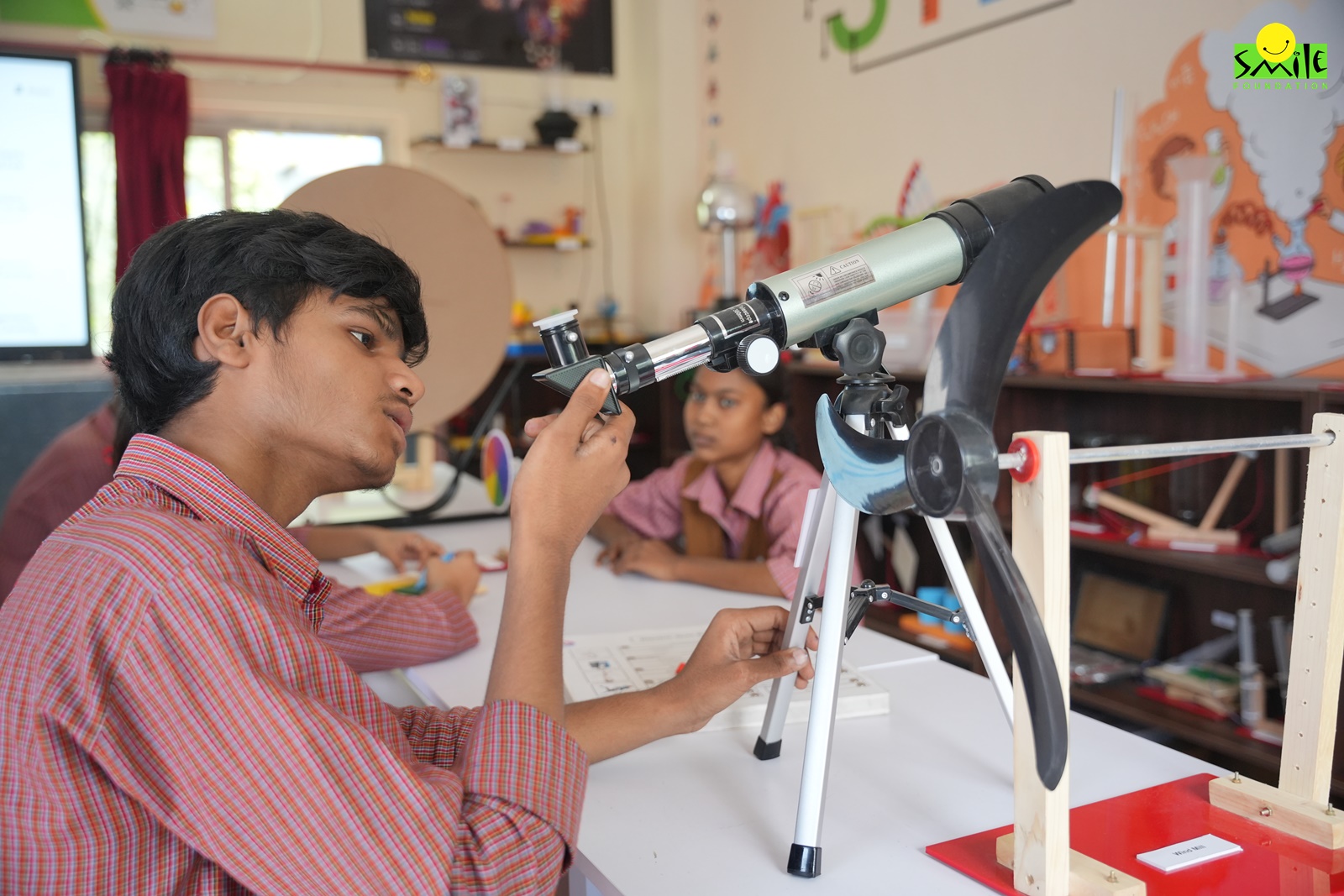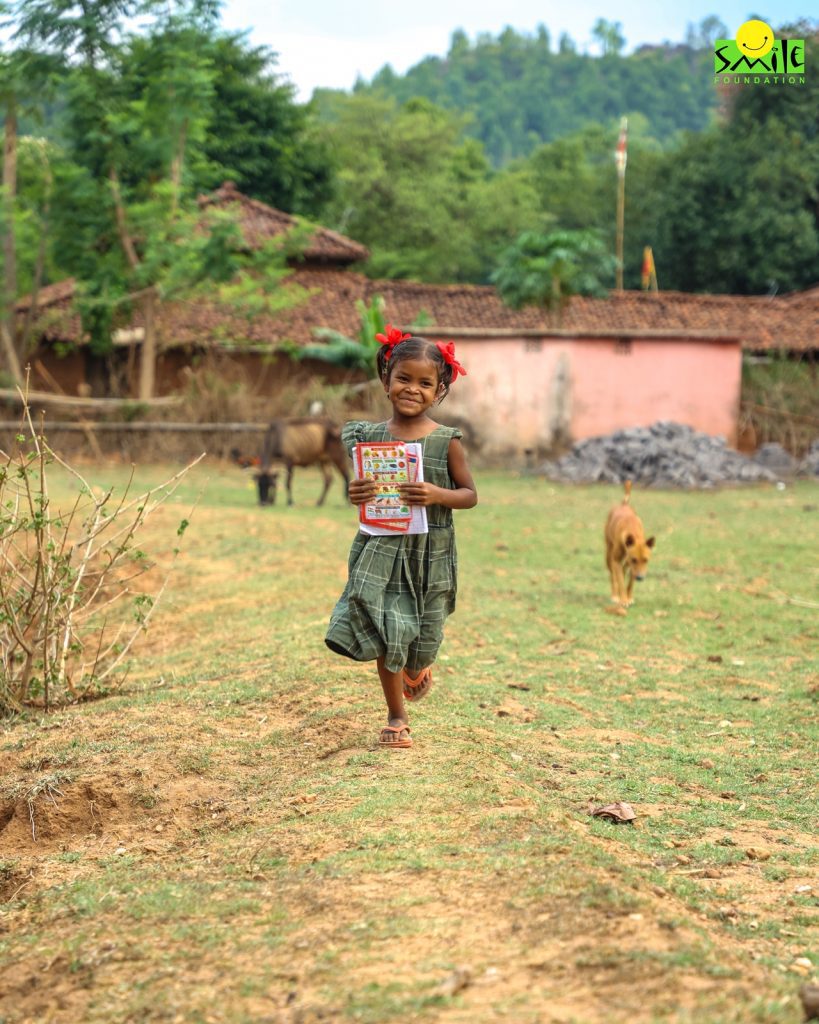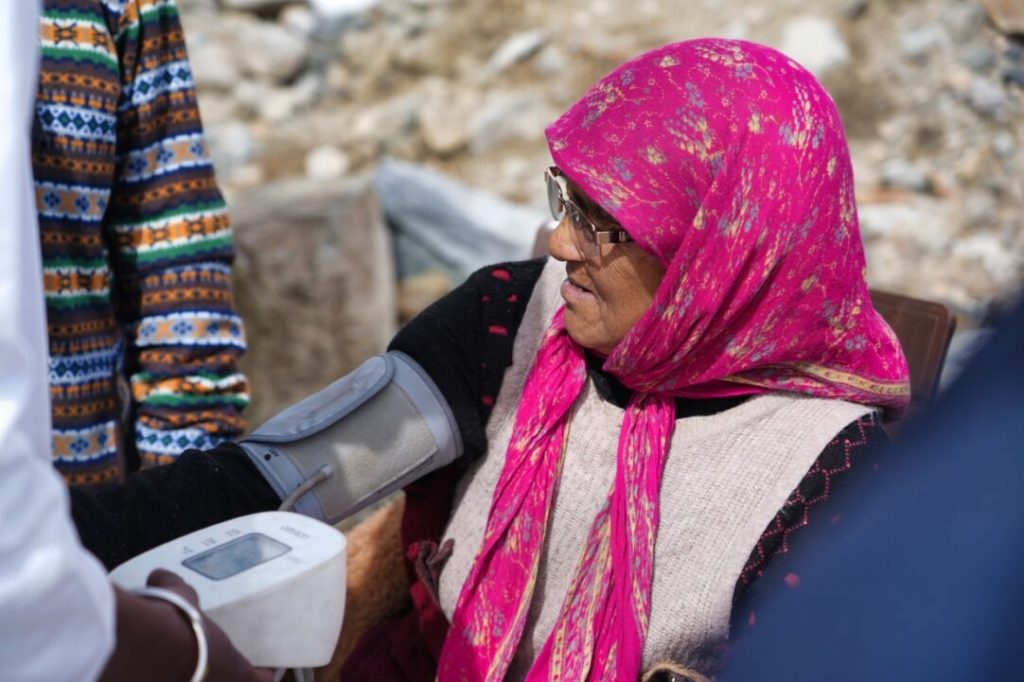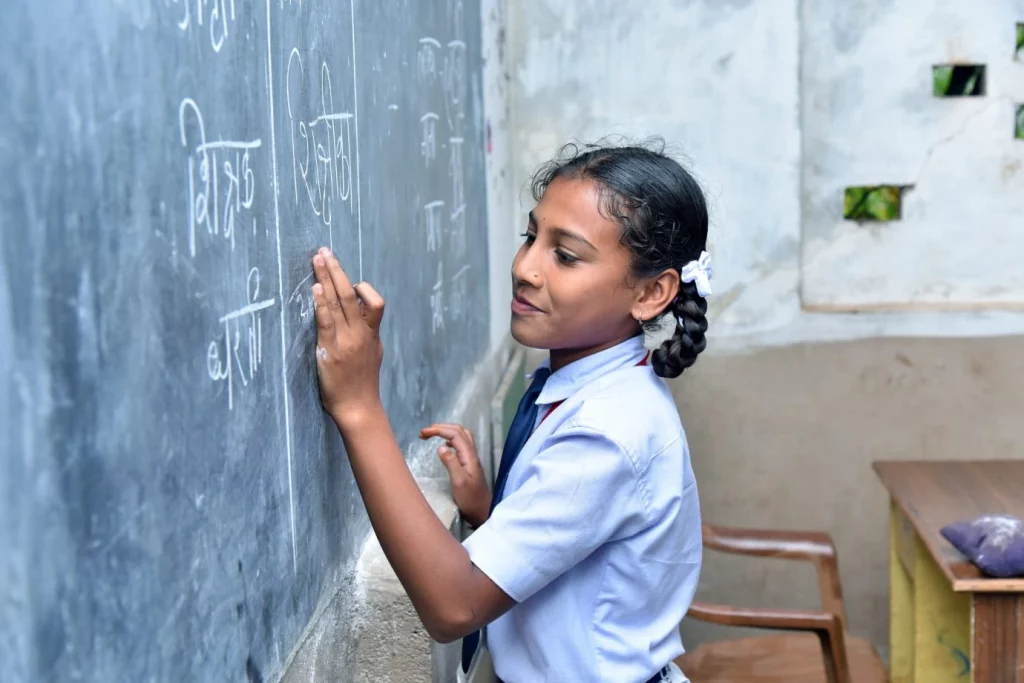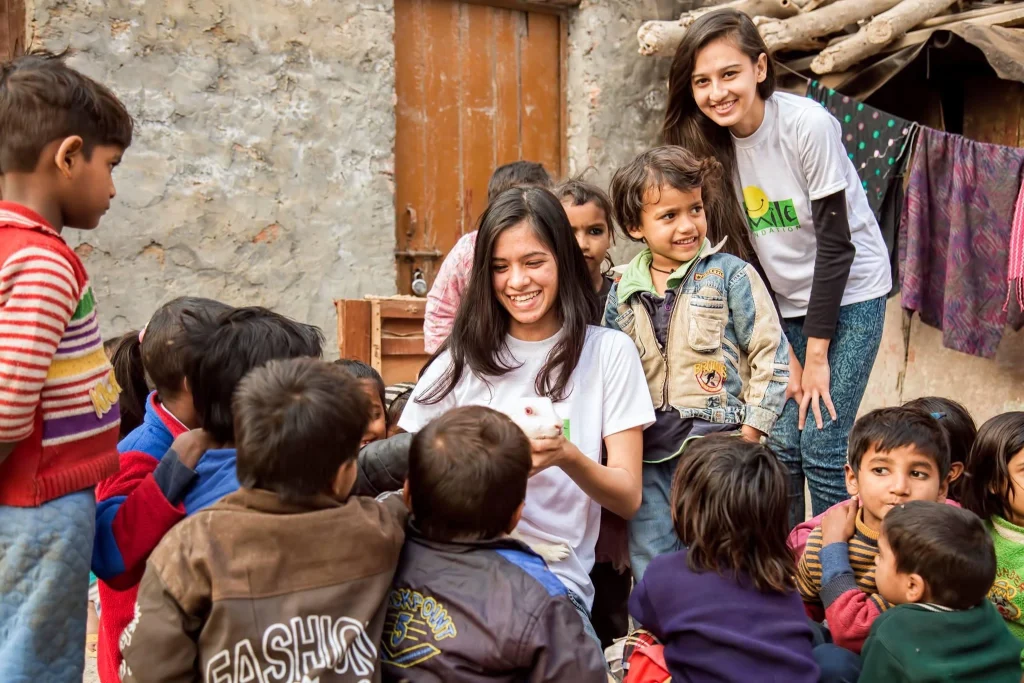Extensive literature exists on this topic, demonstrating the widely held belief that the improved education not only leads to higher individual income but also serves as a crucial, though not always sole, factor for long-term economic progress. The Indian education system has undergone significant changes over the years, adapting to the advancements of technology and the digital era. Let us understand it better.
A Brief History
In India’s ancient education system, the gurukul tradition stood out for its unique approach to learning. Students would reside in a nurturing environment, where they would engage in holistic education under the guidance of a revered guru. The system also focused on subjects like mathematics, astronomy, medicine and literature. In the colonial era, the British implemented a formal education system in India. The Charter Act of 1813 signified a significant turning point in education, as English became the primary language of instruction.
The Education System After Independence
After independence, India placed great importance on education as a means to build the nation. Drawing on Nehru’s vision, the Kothari Commission (1964–66) was set up to formulate a coherent education policy for India. Notable changes were made, such as
- the establishment of the University Grants Commission (UGC) in 1953
- and the implementation of the National Policy on Education (NPE) in 1968 and 1986.
The Midday Meal Scheme (1995) offers complimentary lunches to children attending primary and upper primary schools. The goal is to enhance nutritional status, promote school attendance and improve learning outcomes.
The Right to Education Act (2009) ensures that all children between the ages of 6 and 14 have access to free and compulsory education. Another notable initiative is the Beti Bachao Beti Padhao scheme (2014) that celebrates the girl child and ensures their survival, safety and education. Moreover, there has been a spurt of private players in the field of school education due to a growing discontent with the state of public schooling, leading to a demand for greater private sector involvement in education and the exploration of public-private partnerships.
The Contemporary Education System
The contemporary Indian education system focuses on developing comprehensive education, critical thinking, problem-solving abilities, scientific and technological knowledge and preparing students for careers.
- National Education Policy (NEP) 2020: In recent times, with the introduction of the National Education Policy (NEP) 2020, a significant focus is ensuring that education is accessible and fair for all.
- ICT Integration: The integration of Information and Communication Technology (ICT) has had a significant impact on learning in India. The use of computers, tablets and the internet has completely transformed the educational landscape. Schools often incorporate technology such as interactive whiteboards, projectors and audio-visual aids into their classrooms. These digital tools create an immersive and engaging learning environment.
- E-learning Platforms: E-learning platforms have been making great strides in providing digital content for students and teachers. One such initiative is DIKSHA, which offers a wide range of resources including textbooks, video lessons and quizzes.
- Online Education: The COVID-19 has greatly expedited the adoption of online platforms like Zoom, Google Classroom and Microsoft Teams for educational purposes.
- Government Programs: The National Digital Literacy Mission (NDLM) is a government program that strives to promote digital literacy in every household. The BharatNet project is playing a crucial role in bridging the digital divide by connecting villages with high-speed internet. This initiative is proving to be a game-changer for rural education.
Challenges in the Indian Education System
- Quality of Education: The quality of education varies greatly across different regions, highlighting the disparities between urban and rural areas. Private schools emerged due to the absence of government schools in the village or locality, but unfortunately, many of them are primarily motivated by financial gain.
- Infrastructure: Unfortunately, numerous schools face a shortage of essential amenities like clean drinking water, functional toilets and adequate classrooms. This lack of infrastructure hampers the learning environment and poses challenges for students and teachers alike.
- Teacher Training: Insufficient professional development opportunities for teachers lead to outdated teaching methods.
- Access and Enrollment: Despite improvements, significant portions of the population, especially girls, children with special needs and marginalized communities, still face hurdles in access to education. (Smile Foundation’s Shiksha Na Ruke initiative has been helping children from difficult circumstances continue their education.)
- Curriculum Relevance: The alignment between the curriculum and the skills required for contemporary jobs is often lacking. There seems to be a dearth of emphasis on critical thinking and practical knowledge.
- Evaluation of Policies: When it comes to policies, we should thoroughly evaluate their impact before suggesting any future policy prescriptions.
Change: The only constant
It is evident that education in India, like the world, must evolve to keep up with the ever-changing times. For an education system to thrive, it is crucial to have proper execution and sufficient resources. This endeavour demands ongoing dedication and support from the government, educators and the broader community.
Smile Foundation‘s She Can Fly initiative is all about empowering young girls through education. It aims to give girls from low-income families the chance to chase their dreams and reach their full potential. By making sure these girls have access to quality education, the initiative also promoting gender equality and boosting community development. With scholarships, educational resources and community support, the initiative is making a real difference in the lives of many girls, helping them for a better tomorrow.
Support She Can Fly today to educate a girl – She Can Fly Campaign.

